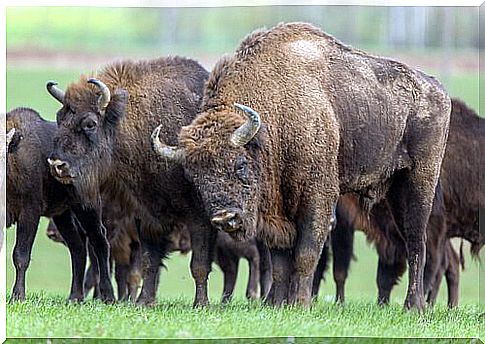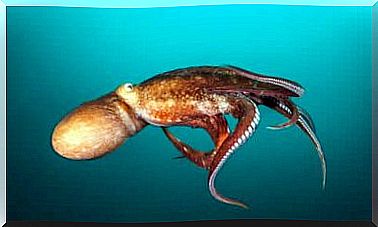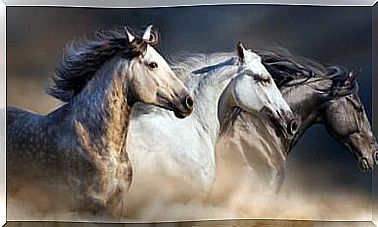The European Bison: A Story Of Overcoming

Amazingly, thousands of years ago it was common to find the legendary European bison throughout Europe, an animal that was not unique to the American West.
In fact, some caves, such as the one at Altamira, show drawings representing this animal, which shows that it once lived in the European prairies.
Unfortunately, the bison has been one of the most hunted animals in human history, and both the Yellowstone American bison and the European bison ( Bison bonasus ) have been hunted to the point where they nearly disappeared.
In the case of the European bison, the few specimens that have survived have allowed a large population of this animal to remain, thanks to an effective conservation program.
The European bison dies in freedom
Thousands of years ago, there were countless bison in the wild, but the fact is that the growing human population was reducing their habitat due to massive clearing of forests and hunting.
In the 14th century there were already records of their decline, when they disappeared from countries like France.
The taste for hunting and deforestation almost caused the extinction of this species. Fortunately, a successful breeding program is greatly increasing the number of these animals.
Furthermore, in countries like Poland, only hunting by royalty and their teammates was allowed.
However, World War I meant that many of these animals were used as food, so that by the beginning of the 20th century, it had almost disappeared from the wild.
Unfortunately, the last freed European bison lived in the Caucasus around 1927. Or so it would have been if it weren’t for one of the most successful conservation and captive breeding programs in current history.
How did bison return to European forests?
The truth is that although there were no European bison in the wild, they were not extinct in captivity, and there were still specimens in some zoos.
A protection organism and an improvement program was then created with the last 50 European bison still alive.
This allowed, in the 50s, to be reintroduced into the forests of Poland about 12 specimens.
The captive breeding program, combined with the reintroduction into the natural environment and semi-freedom environments, was beginning to yield good results.
Thus, of these 12 bison, descend the more than five thousand who now live in the European Union, especially in Poland, Russia, Romania, Ukraine and other Eastern countries.
Of course, while this is a great achievement, it was not complete: European bison populations have a high rate of genetic poverty, as do other species that have survived extinction, such as the mountain gorilla.
Although most of them remain in captivity, the truth is that almost three thousand European bison returned to populate European forests, which is an achievement, since this species was practically extinct.

The European bison revalues rural areas
The truth is that the European bison fever does not only occur in its natural habitat, and some criticize its reintroduction in countries like Spain, although it is being carried out mainly in semi-freedom.
However, others suggest that, although the species that lived in Spain 10,000 years ago is not the same as the European bison, this animal fulfills the same ecological function as its Iberian ancestor, and may even be a great tool in the fight against fires.
In addition, many rural areas are raising their small herds of bison.
Several environmental education projects related to prehistory and conservation have sprung up and use these peaceful animals as the guiding line for their education and enrichment tasks for the people who host them.
These projects can be found in regions such as Palencia, Asturias, León and Burgos.
With them, you can learn about the biology and ecology of these formidable animals, while watching them coexist with other species that resemble prehistory, such as Heck cattle and the Przewalski horse.
Although the European bison appears to be beneficial to ecosystems, this reintroduction of species must certainly be done carefully and according to scientific criteria, which will result in benefits for humans and bison. Isn’t it exciting to be able to contemplate the bison as our ancestors did?







